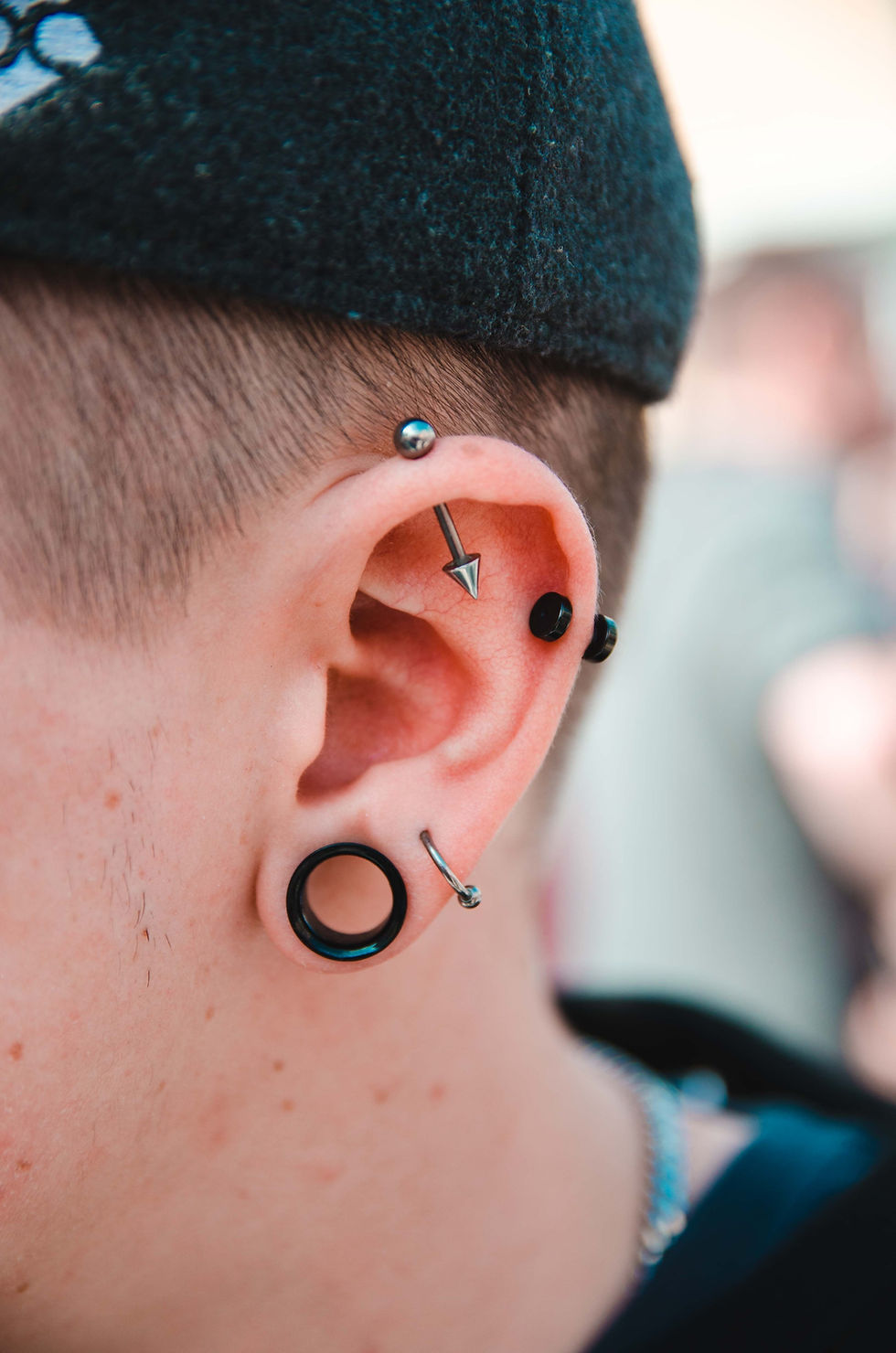The Healing Needle: How Acupuncture Offers Hope Amidst the Opioid Crisis
- Dr Andres Damian Gonzalez L.Ac

- May 28, 2024
- 2 min read
Updated: Jun 2, 2024

In the wake of the opioid epidemic, traditional medicine offers a ray of hope in the form of acupuncture. With opioid addiction and overdose rates skyrocketing, the need for alternative pain management methods has never been more urgent. Acupuncture, an ancient Chinese healing practice, is emerging as a powerful contender in combating opioid dependency while alleviating chronic pain.
The Cost of Opioid Addiction
The financial toll of opioid addiction is staggering. According to the National Institute on Drug Abuse, the United States spends an estimated $78.5 billion annually on the consequences of opioid misuse, including healthcare costs, addiction treatment, and criminal justice involvement. These expenses place an immense burden on individuals, families, and society as a whole.
The Perils of Opioid Dependency
Beyond the economic impact, the human cost of opioid addiction is profound. Opioids, whether prescribed or obtained illegally, carry a high risk of dependence and overdose. The Centers for Disease Control and Prevention reports that approximately 70% of all drug overdose deaths in the U.S. involve opioids. Moreover, opioid overdoses claim the lives of more than 100 Americans every day, highlighting the urgent need for safer pain management alternatives.
Acupuncture as an Alternative
Enter acupuncture, a holistic healing practice rooted in traditional Chinese medicine. Acupuncture involves the insertion of thin needles into specific points on the body to stimulate energy flow and promote natural healing. While its efficacy can be debatable, a growing body of research suggests that acupuncture can effectively alleviate pain and reduce the need for opioids.
A study published in JAMA Internal Medicine in 2018 provides compelling evidence of acupuncture's potential to combat opioid addiction. The study, led by Dr. Wen-Long Hu of Chang Gung University in Taiwan, compared the effectiveness of acupuncture and sham acupuncture (needles inserted at non-acupuncture points) in reducing opioid use among chronic pain patients. The results revealed that participants who received genuine acupuncture experienced significantly greater reductions in opioid use compared to those in the sham acupuncture group.
Harnessing the Power of Holistic Healing
Acupuncture offers a promising pathway to address the opioid crisis from a holistic perspective. By treating not just the symptoms but also the underlying imbalances in the body, and psyche, acupuncture empowers individuals to manage pain naturally and reduce reliance on opioids. Furthermore, acupuncture's minimal side effects and non-addictive nature make it a safe alternative for individuals seeking relief from chronic pain.
Conclusion
In the face of an escalating opioid epidemic, acupuncture stands as a beacon of hope. By diminishing the need for opioids and offering a safer, more sustainable approach to pain management, acupuncture has the potential to save lives, reduce healthcare costs, and mitigate the devastating impact of opioid addiction on individuals and society. As we continue to confront the challenges posed by opioid misuse, integrating acupuncture into mainstream healthcare practices could pave the way for a brighter, healthier future.



Comments